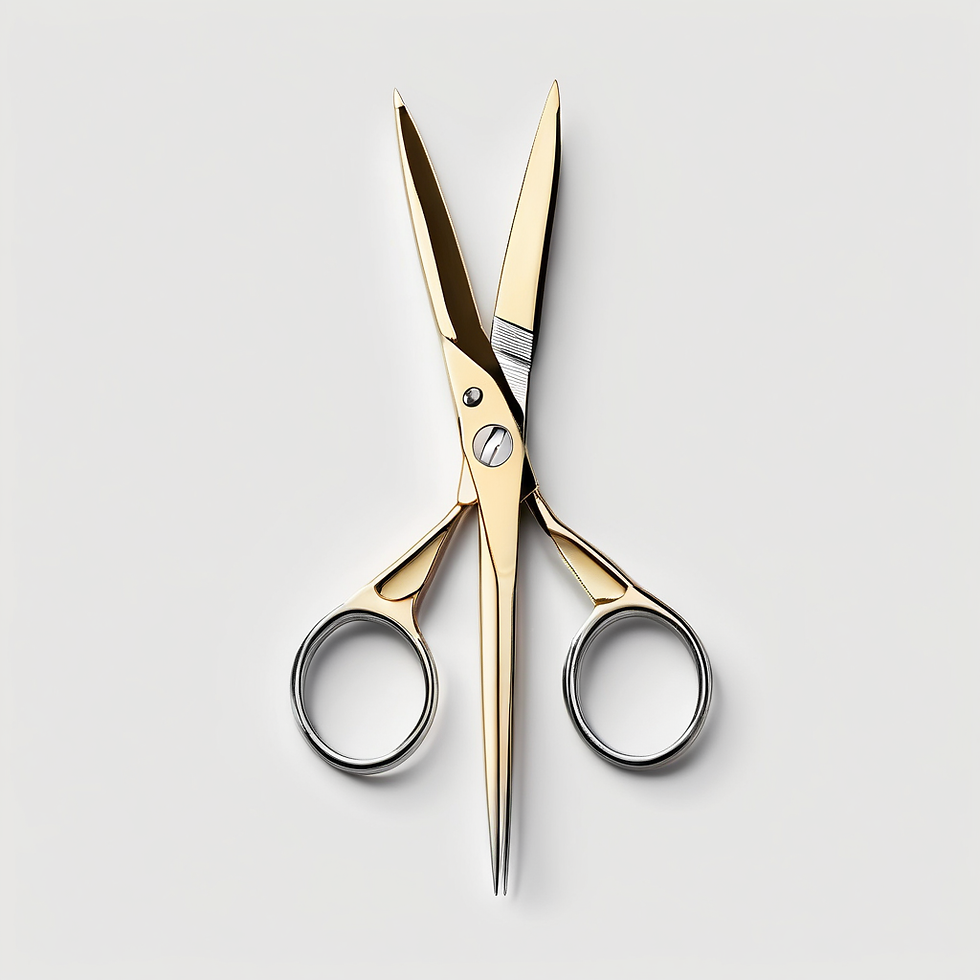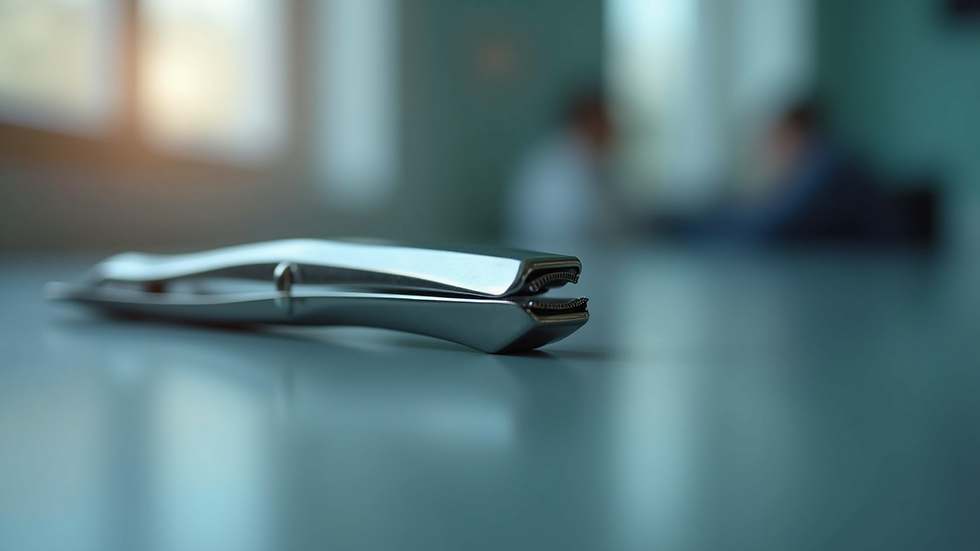Essential Surgical Tools for Professionals and Clinics
- biancobrothers
- Sep 25
- 4 min read
Surgery is a field that requires precision, skill, and the right tools. For professionals and clinics, having the essential surgical tools is crucial for successful outcomes. Whether you are a seasoned surgeon or a clinic just starting, understanding the tools you need can make a significant difference in your practice.
In this post, we will explore the essential surgical tools that every professional and clinic should have. We will discuss their uses, importance, and how they contribute to effective surgical procedures.
Surgical Scissors
Surgical scissors are one of the most fundamental tools in any surgical setting. They come in various shapes and sizes, each designed for specific tasks.
Types of Surgical Scissors:
- Metzenbaum Scissors: These are used for cutting delicate tissues. They have long handles and short blades, making them ideal for precise cuts.
- Mayo Scissors: These are sturdier and are used for cutting thicker tissues. They are often used in general surgery.
Having a variety of surgical scissors allows surgeons to perform different tasks efficiently.
Forceps
Forceps are another essential tool in surgery. They are used to grasp, hold, or manipulate tissues and other materials during procedures.
Types of Forceps:
- Tissue Forceps: These have teeth and are used to hold tissues securely.
- Hemostatic Forceps: These are used to clamp blood vessels to control bleeding.
Forceps come in various designs, and choosing the right type can enhance the effectiveness of a surgical procedure.
Scalpel
The scalpel is perhaps the most iconic surgical tool. It is used for making incisions in the skin and other tissues.
Scalpel Blades: Scalpel blades come in different shapes and sizes. The choice of blade depends on the type of incision required.
A sharp scalpel is essential for clean cuts, which can lead to quicker healing and less scarring.
Needle Holders
Needle holders are used to hold needles while suturing. They provide a firm grip, allowing for precise control during stitching.
Types of Needle Holders:
- Mayo-Hegar Needle Holder: This is a common type used in many surgical procedures.
- Olsen-Hegar Needle Holder: This type has a built-in scissors feature, making it convenient for suturing.
Having a reliable needle holder can streamline the suturing process, making it quicker and more efficient.
Surgical Drapes
Surgical drapes are essential for maintaining a sterile environment during surgery. They are used to cover the patient and surrounding areas to prevent contamination.
Types of Surgical Drapes:
- Reusable Drapes: These can be washed and sterilized for multiple uses.
- Disposable Drapes: These are used once and then discarded, ensuring a high level of sterility.
Using the right surgical drapes is vital for preventing infections and ensuring patient safety.
Electrosurgical Devices
Electrosurgical devices are used to cut tissue and coagulate blood vessels using electrical currents. They are essential for minimizing blood loss during surgery.
Types of Electrosurgical Devices:
- Bipolar Electrosurgical Devices: These are used for precise cutting and coagulation.
- Monopolar Electrosurgical Devices: These are used for larger incisions and can be more versatile.
Incorporating electrosurgical devices into surgical practice can enhance efficiency and improve patient outcomes.
Suction Devices
Suction devices are used to remove blood, fluids, and debris from the surgical site. This helps maintain a clear view of the area being operated on.
Types of Suction Devices:
- Yankauer Suction: This is a rigid suction device used for general suctioning.
- Frazier Suction: This is a smaller, more precise suction device used in delicate surgeries.
Having effective suction devices is crucial for maintaining a clean surgical field.
Surgical Lights
Good lighting is essential in surgery. Surgical lights provide bright, focused illumination to help surgeons see clearly during procedures.
Types of Surgical Lights:
- Overhead Surgical Lights: These are mounted on the ceiling and provide broad illumination.
- Portable Surgical Lights: These can be moved around the operating room as needed.
Investing in high-quality surgical lights can significantly improve visibility and precision during surgery.
Sterilization Equipment
Sterilization equipment is vital for ensuring that all surgical tools are free from bacteria and viruses.
Types of Sterilization Equipment:
- Autoclaves: These use steam under pressure to sterilize instruments.
- Chemical Sterilizers: These use chemical solutions to disinfect tools.
Proper sterilization practices are essential for preventing infections and ensuring patient safety.
Conclusion: Elevating Surgical Practice with the Right Tools
In the world of surgery, having the right tools is not just a matter of convenience; it is a matter of patient safety and successful outcomes. From surgical scissors to sterilization equipment, each tool plays a vital role in the surgical process.
By investing in essential surgical tools and understanding their uses, professionals and clinics can enhance their practice and provide better care for their patients.
Remember, the right tools can make all the difference in achieving successful surgical results. So, equip your clinic with these essentials and elevate your surgical practice to new heights.




Comments